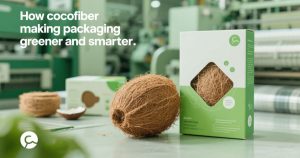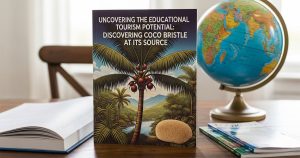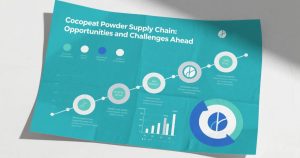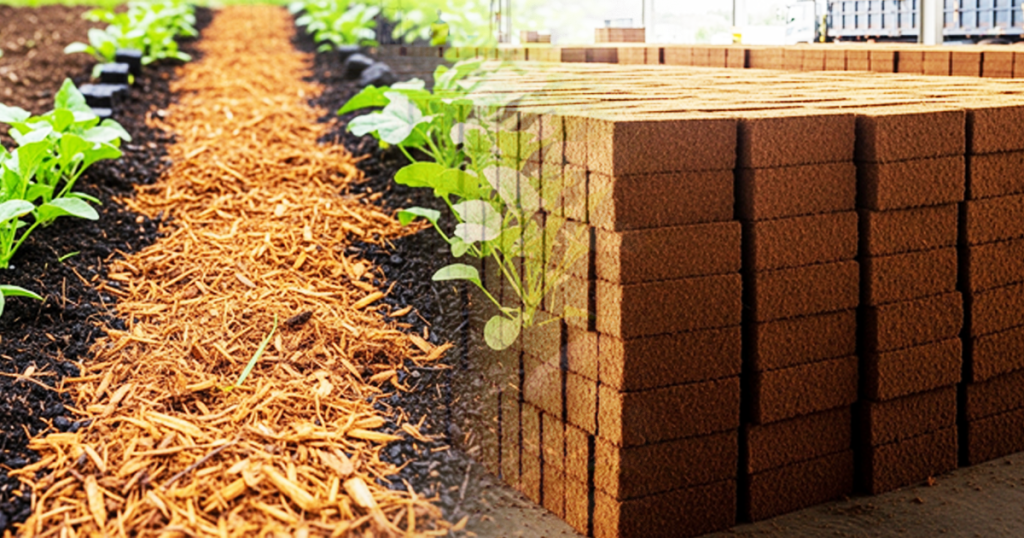Unveiling the Potential of a Humble Waste
As a researcher in sustainable agriculture and rural innovation, I have spent the last several years exploring how agro-waste can be transformed into economic gold. One such underappreciated gem is coco fiber, derived from the husk of the coconut.
For decades, this fibrous material was seen as mere agricultural residue. Today, it actively drives both environmental sustainability and the economic empowerment of rural communities.
The Coco Fiber Ecosystem: Waste No More
Coconut-producing countries such as Indonesia, the Philippines, India, and Sri Lanka generate millions of tons of coconut husks each year. Rather than discarding or burning them as in the past, people are now repurposing these husks as a valuable resource.
Coco fiber, also known as coir, is extracted from these husks through a decortication process and is used in a wide range of applications from rope and mats to erosion control blankets and horticultural substrates like cocopeat.
This shift from waste to wealth is not just an environmental triumph it is an economic revolution, particularly for rural communities that depend heavily on agriculture for their livelihoods.
Grassroots Empowerment through Cottage Industries
In rural regions, the processing of coco fiber has spawned a variety of cottage industries. Women and youth, previously marginalized in agricultural value chains, are finding stable income by engaging in activities such as fiber extraction, weaving, and product design.
Training programs sponsored by non-governmental organizations and agritech incubators have further amplified this growth. With minimal equipment and training, families can now produce high-demand products like doormats, brushes, mattresses, and grow bags many of which are exported to Europe and North America.
Sustainable Practices Meet Economic Independence
Coco fiber production strongly supports circular economy principles by actively utilizing every part of the coconut its water, meat, shell, and now even the husk. This zero-waste approach ensures that environmental impact is minimized while income streams are diversified.
In my fieldwork in eastern Indonesia, I encountered community co-ops that process 1–2 tons of husk per day. With proper drying and baling, they sell coco fiber to urban manufacturers or export directly. The economic upliftment is visible improved housing, school attendance, and reinvestment into local businesses.
Challenges and the Path Forward
The coco fiber industry faces several challenges despite its promising potential. Limited access to modern decorticating equipment, fluctuating global prices, and poor infrastructure in rural areas hinder scalability. Additionally, environmental concerns related to the disposal of wastewater from fiber processing must be addressed.
To truly empower rural communities, a multistakeholder approach is necessary. Governments must offer microloans and infrastructural support. Research institutions should innovate low-cost, eco-friendly processing methods. Private sectors must invest in ethical sourcing and local capacity building.
Coco Fiber in the Global Green Economy
The global demand for biodegradable and sustainable materials is growing exponentially. Coco fiber, with its biodegradability, durability, and low carbon footprint, is well-positioned to replace synthetic materials in packaging, construction, and agriculture.
Major brands are beginning to recognize this value, partnering with smallholder cooperatives to develop eco-packaging and sustainable textiles. This is more than just an economic trend; it is a global movement rooted in environmental ethics and social justice.







